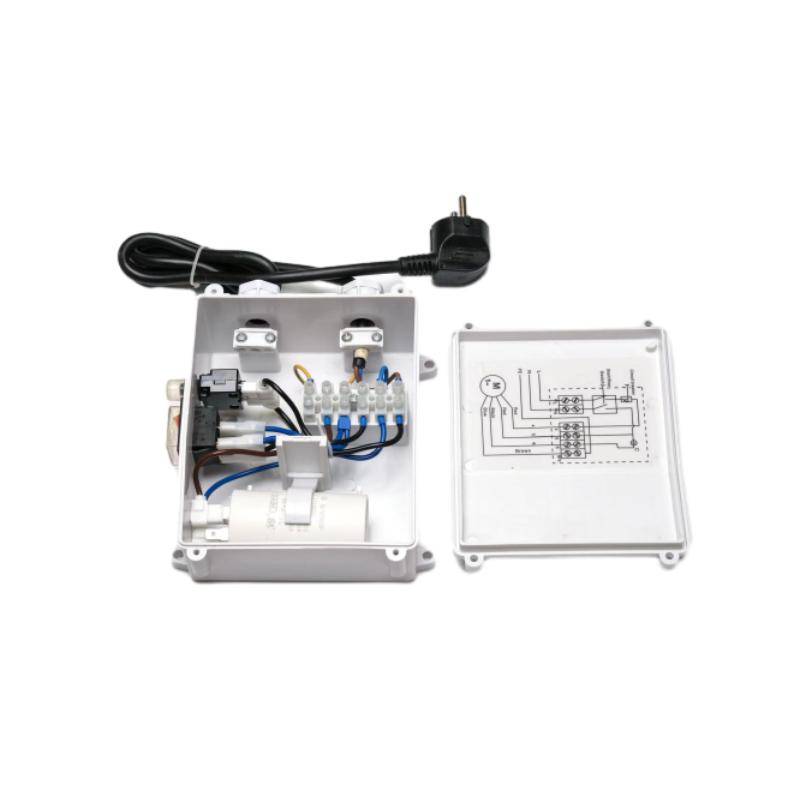In 1845, a surgeon named Dr. Horace Day made the first crude surgical tape by combining India rubber, pine gum, turpentine, litharge (a yellow lead oxide), and turpentine extract of cayenne pepper and applying that mixture to strips of fabric. It was the first “rubber-based” adhesive and Dr. Day used it in his practice as a surgical plaster. Larger scale manufacturing of similar medical tapes began in 1874 by Robert Wood Johnson and George Seaburg in East Orange, NJ. That company would soon become the Johnson & Johnson Company we know today. Later in 1921, Earle Dickson who bought cotton for Johnson & Johnson noticed that the surgical tape kept falling off his wife Josephine’s fingers after cutting them in the kitchen. He fixed a piece of gauze to some cloth backed tape and the first Band-Aid ® was invented. It took almost 75 years from Dr. Day’s first crude tape until the early 1920’s when the first industrial tape application appeared. The application was electrical tape (although the adhesive was more of a cohesive film than the electrical tape we know today) to prevent wires from shorting. The second major industrial tape application was a result of the rise of the American automobile in the 1920’s. Two-toned automobiles were becoming popular and automakers needed a way to produce clean, sharp paint lines while using the new automatic paint spray gun. They started using the surgical tape that was available but the paint wicked through the cloth backing and caused defective paint jobs. Richard Drew, an engineer at Minnesota Mining and Manufacturing (3M) happened to be at a local body shop testing their WetorDry® brand sandpaper in 1925 and he saw the workers struggling to get clean paint lines. He went back to his lab and created a 2-inch wide crimp backed paper tape that became the first “masking tape” for painting. Jumping ahead to 1942 and World War II, Johnson & Johnson developed duct tape to seal canisters and repair equipment for the military. The tape was a basically a polyethylene coated cloth tape with good “quick stick” properties that made it easy to use in the field for emergency repairs. The world never looked back and duct tape can be found in almost any home or toolbox.
To use the tape, simply stretch it around the material you are trying to repair. As you wrap the tape in a circular motion, it begins to seal and “fuse” itself to the material. The most common forms of self-fusing / self-amalgamating tapes are made of silicone rubber (though other types also exist). They are designed to create a strong, seamless, rubbery, waterproof, and electrically insulating layer.
Since many hydraulic control panels are used on active (often outdoor) job sites, these control boxes often have to be built a little tougher than others. You might need an enclosure that’s weatherproof, corrosion-resistant, impact-resistant or all of the above. Sensor lights for troubleshooting are also especially useful in hydraulic control boxes, helping users to pinpoint a system error in these often-complex networks of valves, cylinders and hoses.
Polyethylene film tape (6350X) is a 5.5-mil thick tape with acrylic rubber adhesive. This film tape is flexible, conformable, durable, and chemical resistant. It is also resistant to tears, punctures, and abrasions, which makes it a good protective tape. It is also a good barrier tape for gas and moisture-proofing. Taping with polyethylene film tape produces a permanent bond with no edge bleeding.
Overall, the 130C linerless rubber splicing tape is a versatile and reliable product that is suitable for a wide range of applications. Its high heat resistance, durability, and environmental benefits make it a popular choice among professionals in various industries. Whether you need to join rubber materials together, create a leak-proof seal, or provide insulation in high-temperature environments, this tape is a valuable tool to have in your arsenal. With its strength and versatility, the 130C linerless rubber splicing tape is a must-have for any business or professional looking for a reliable bonding solution.
 The bright colors and bold patterns used in most floor tapes also add a touch of personality and style to any space, making them an attractive addition to any décor The bright colors and bold patterns used in most floor tapes also add a touch of personality and style to any space, making them an attractive addition to any décor
The bright colors and bold patterns used in most floor tapes also add a touch of personality and style to any space, making them an attractive addition to any décor The bright colors and bold patterns used in most floor tapes also add a touch of personality and style to any space, making them an attractive addition to any décor Its adhesive backing, designed for secure adhesion, ensures the tape stays in place even under physical stress or varying temperatures Its adhesive backing, designed for secure adhesion, ensures the tape stays in place even under physical stress or varying temperatures
Its adhesive backing, designed for secure adhesion, ensures the tape stays in place even under physical stress or varying temperatures Its adhesive backing, designed for secure adhesion, ensures the tape stays in place even under physical stress or varying temperatures